Physio Blogs
Our regular blogs provide you with learning opportunities, tips, and guidance on injury, rehabilitation, and fitness that we share at The Physiotherapy Place. Browse the different articles or search for a topic more specific to your interests.
How shockwave therapy and physiotherapy treatment can help resolve shin splint injury, pain and stress. Shockwave treatment for runners, for leg pain. Shin splint releif.
Using expert physiotherapy methods and dry needle treatment to prevent and treat neck pain and other chronic pain issues in Edinburgh and East Lothian. Physiotherapy Edinburgh.
Using the latest shockwave therapy and equipment to treat and resolve tennis elbow. Relieving and preventing pain with shockwave therapy and physiotherapy in Edinburgh and East Lothian.
How advanced footscan technology can assess and treat pain and problems related to flat feet. Physiotherapy technology in Edinburgh and East Lothian
If you are someone who suffers from frozen shoulder then try these stretches. In addition to good posture, these Physio stretches can really help to reduce pressure on the shoulders and give you relief from pain.
So you've got Christmas out of the way and now the New Year's resolutions are starting to kick in. With the majority of NY resolutions health related it's probably no surprise that most of those new changes fail by February. How can we turn those good intentions into sustainable health/fitness related changes?
Find out some of the mistakes to avoid this NY.
You may have heard of someone with a frozen shoulder but do you know what it is or what can be done about it? Firstly its medical name is adhesive capsulitis and it really refers to a tightening and thickening within the joint capsule of the shoulder. It is typically associated with an increase in pain, increased stiffness and a loss of range of movement within the shoulder. The onset of pain can be gradual or appear more sudden without trauma or injury to the area.
With busier lifestyles, time at a premium and the winter cutting the daylight hours, how can we work towards a healthier way of life? One of the simplest forms of exercise is walking! Walking is free, can be done from almost anywhere at anytime and comes with added benefits to health and wellbeing. Check out our tips to increase your daily exercise and find out how your health will benefit from stepping up the step count.
If you have hip pain and/or stiffness then you can try these hip stretches that I find are great for patients with these symptoms. These stretches can often be enough to increase hip flexibility and give you relief from pain.
One of the most common complaints that people coming into the clinic have is of ongoing back pain, many of whom assume they just have a ‘bad back’ that they have to live with. In this article, find our 10 tips to treat your own back pain plus stretches that will help release your upper and lower back. We also explain exactly what back pain is, how it is caused and what you can do to fix it.
Have you ever given thought to the meaning behind the statement: No pain, no gain?
Many people can take this statement literally, and unfortunately, the end result could be injury. It is important that we listen to what our bodies tell us both during and after exercise. There is in fact "good pain" and "bad pain". The following information should help you to tell the difference.
If you are someone who suffers from shoulder pain then try these stretches. In addition to good posture, these Physio stretches can really help to reduce pressure on the shoulders and give you relief from pain.
Check out our top 3 stretches for neck pain and injury that can be done at home. We describe each stretch and let you know how often to stretch and for how long.
It’s well known that it’s the busiest time of year for gyms and health clubs as New Years resolutions kick in, but it’s equally well known that the numbers dwindle again by the end of the month as people fall off the exercise wagon. Sometimes this is due to injury, sometimes to loss of motivation so here are my 5 tips for improving and maintaining your fitness into the new year.
Pain around the hip and groin area is one of the more common chronic or long-term conditions that we see in the clinic. This area is very complex and the source of pain can be from any number of structures including the hip, pelvis, or lower back. Chronic pain in this area can be seen in all ages of people such as footballers with chronic groin strains or pensioners with arthritis in the hip.
While the demand for physiotherapists continues to rise and many patients are experiencing the positive effects of physiotherapy, some misconceptions persist.
There are a number of myths and misconceptions that prevent people from having physiotherapy that need to be overcome to ensure that as many people as possible benefit from it.
It is our experience that some people will live with pain and discomfort for some time assuming it is simply due to age, but who have improved significantly with appropriate physiotherapy treatment.
So, what are some of the common physiotherapy myths?
If you’ve been experiencing shoulder pain, you’re probably not alone. Up to two-thirds of adults report shoulder-related symptoms at some point in their lives. For a small number the pain doesn’t go away by itself which affects daily activities and quality of life in the long term. However, the important thing is you don’t have to accept pain as your “new normal”.
A hamstring injury typically causes a sudden, sharp pain in the back of the thigh that may stop you mid-stride. After such an injury you may have difficulty extending the knee without pain. Like most sprains and strains, hamstring injuries are usually caused by excessive stretching (tearing) of muscle fibres or other soft tissues beyond their limits. To understand the injury and to find out the best way to treat and prevent hamstring problems, read our full blog.
We all get soft tissue injuries from time to time, whether you’ve gone over on your ankle while out walking, fallen on ice or ran too hard at the kids sports day! The end result is usually the same – bruising, swelling and plenty of pain.
The world health organisation (WHO) indicates that older adults should aim for at least 150 minutes of moderate activity every week. Physical activity and exercise are key contributors to lifelong independence and wellbeing in the older population. Many adults aged 65 and over spend, on average, 10 hours or more each day sitting or lying down, making them the most sedentary age group.
Of the various aches and niggles that are common in runners, runners knee is one of the most common and can also be one of the most debilitating. Runners knee is the layman term for Patellofemoral Pain Syndrome, a condition that causes pain in the front of the knee due to irritation of the underside of the kneecap.
Bursitis is perhaps the most misunderstood and misdiagnosed condition affecting the body. A bursa is a fluid filled sac that your body uses to decrease friction. They are typically found near the point that tendons attach to bone, such as at the elbow, kneecap, and hip, so that the tendon slides harmlessly over the bursa and does not get damaged by the hard surface of the bone.
The most common office injuries are neck, shoulder and upper back pain and stiffness (with, or without tension headaches), carpal tunnel syndrome, tennis elbow, lower back pain and sciatica. Most office related injuries are caused by bad posture while working at a computer resulting in the early degradation of structures within the body.
One of the most common problems we see in the clinic is new mums with backache. Some of this is due to hormonal changes within the body whilst pregnant, but another main cause is due to the stresses of carrying a child and prolonged postures you find yourself in. There are ways that you can help yourself in order to prevent back pain. Here are the 5 tips that I often give my patients.
The vast majority of back and neck problems that we see in the clinic can be traced back to having poor posture. My belief is that our bodies weren’t designed to sit as much as we do in modern life. Whether it is at a desk, in the car, or at home on the sofa, poor posture will over time lead to stiffness and pain. Luckily most of these problems can be avoided by taking care of your spine with good posture. Here are my 5 top tips on keeping a good posture.
Here's some specialist advice from our physiotherapist Quinton Caulfield on how to maintain an active, healthy lifestyle into your advanced years. Osteoarthritis (OA) is very common in the UK, affecting around eight million people. The joints in the spine, knees, hips, and hands are the most commonly affected. If you have been diagnosed with OA, it doesn’t mean that you have to live with the pain and stiffness.
Symptoms of TMD are facial pain, headaches, jaw clicking, jaw locking, ringing in the ears, tooth pain, neck or shoulder pain, facial tingling or teeth grinding. There are many causes of TMD including arthritis in the joint, whiplash, sports injuries, stress, a blow to the head, orthodontics, poor posture, and habits such as chewing gum or nail biting. Any of these can damage the structures of the jaw joint causing pain, and if the disc is damaged this can lead to clicking or locking of the jaw.
One of the most common complaints that people coming into the clinic have is of ongoing back pain. This is usually an issue that has been nagging for a long time, flaring up from time to time, settling back down again but never really going away completely. Often these flare ups are happening more frequently which is the driver for seeking some help. The good news is that these problems can always be helped and symptoms can be settled long-term.
Many people with long-term back pain put it down to simply having a ‘bad back’. The reality is that living with back pain is not necessary and it can almost always be resolved. If you are suffering with long term back pain, why don’t you start by attending one of our educational workshops.
It is often thought that there is nothing that can be done for osteoarthritis but there are many ways that the condition can be managed so that pain levels can be reduced and activity levels increased.
If you suffer from long-term back and neck pain, chronic tightness in your shoulder or hip, tendinitis or arthritis, IMS could really be the cure you are looking for. IMS has a remarkable success rate, reducing symptoms in long term chronic conditions that may have been present for months or even years, giving long lasting and often permanent results. Some other conditions in which an underlying neuropathy is commonly a factor are whiplash, headaches, shoulder pain, and chronic hip/groin pain.
It’s that time of year when Wimbledon is on our TV’s and the country gets enthralled in tennis for a couple of weeks. It got me thinking about one of the common injuries we treat at The Physiotherapy Place - tennis elbow.
Ordinary massage is used for relaxation. Sports and Remedial Massage is detailed, focused, anatomically specific massage that targets and corrects your unique physical issues. Whether you are a professional athlete nursing a chronic injury, a weekend warrior sore from overdoing it, or a mum with back pain from toting a toddler, Sports Massage can help you.
We have an opening for a Physiotherapist at The Physiotherapy Place on Portobello High Street, a busy private physio clinic in Edinburgh.
To apply, email your CV to info@thephysiotherapyplace.com as soon as possible. Thanks!
To give you an idea of the amount of stress it has to withstand, it is estimated that a force equal to 12 times the body weight is transmitted through the Achilles tendon in sprinting. Because the tendon is required to transmit such large forces, it can be prone to being overloaded leading to breakdown.
Ever had pain radiating from your neck to your shoulder and even down your arm? Perhaps losing strength in your arm or a feeling of numbness or tingling in the fingers? Chances are that you have irritated a nerve in your neck and that nerve is sending these painful or distressing symptoms down your arm.
Kenny, a professional footballer, suffered back pain and sciatica during a match in early 2016. He was told by specialists to stop playing football and that he needed surgery to fix the problem. A friend recommended he see Niall and try physio first. After receiving treatment, Kenny is now back playing football and has completely avoided surgery. Here is the story in his own words.
Have you ever just tweaked your shoulder doing something innocuous, and waited for the pain to go away only for it to just hang around? Do you get a sharp pain in your shoulder or upper arm when you reach up or behind yourself? Is it uncomfortable to lie on your side in bed at night? If so there is a chance you may have shoulder impingement, a condition where one of the rotator cuff muscles has been damaged and is continually pinched when the shoulder is moved in certain positions.
Gunn Intramuscular Stimulation, or IMS for short, is a technique used by physiotherapists since it was developed in the 1970s in Vancouver by the pain specialist Dr. Chan Gunn. IMS is a total system for the assessment and treatment of chronic musculoskeletal pain that has a neuropathic cause. It is grounded in western medical science and there is a growing body of evidence to support its efficacy.
- ACHILLES
- ACHILLES PAIN
- ANKLE
- ARTHRITIS
- BACK ACHE
- BURSITIS
- CARPAL TUNNEL SYNDROME
- CASE STUDY
- CHRONIC BACK PAIN
- FITNESS
- FOOT
- HAMSTRING
- HEADACHE
- HIP PAIN
- IMS
- INJURY RECOVERY
- INTRAMUSCULAR STIMULATION
- JAW ACHE
- JAW CLICKING
- JAW PAIN
- KNEE PAIN
- LOWER BACK PAIN
- MASSAGE THERAPY
- NECK PAIN
- OSTEOARTHRITIS
- PHYSIO
- PHYSIOTHERAPY
- PRESS
- ROTATOR CUFF
- RUNNERS KNEE
- SCIATICA
- SHOULDER BLADE
- SHOULDER PAIN
- SPRAINS
- STRETCHES
- TENDINITIS
- TENNIS ELBOW
- TMJ
- ULTRASOUND
- UPPER BACK PAIN

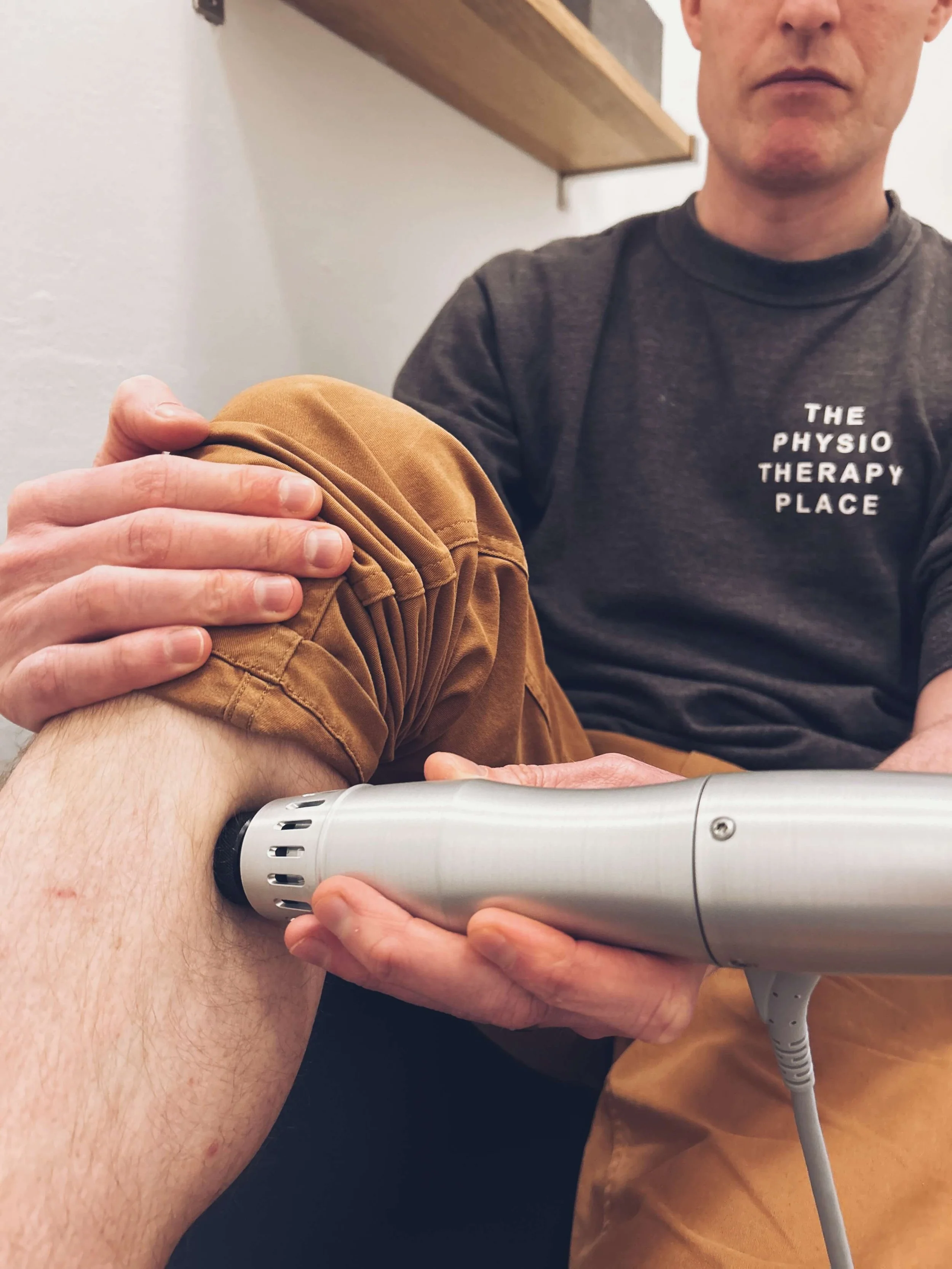


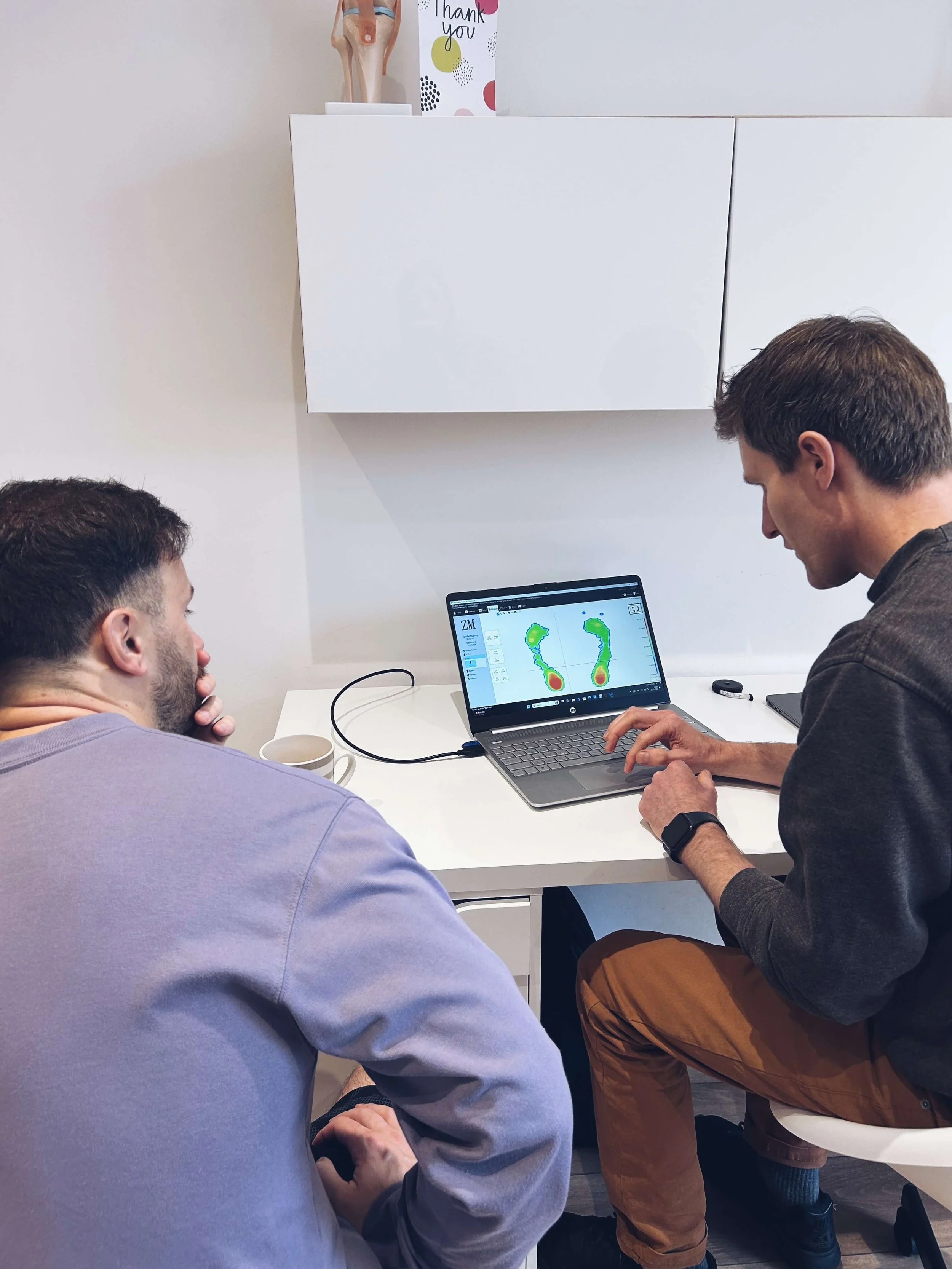
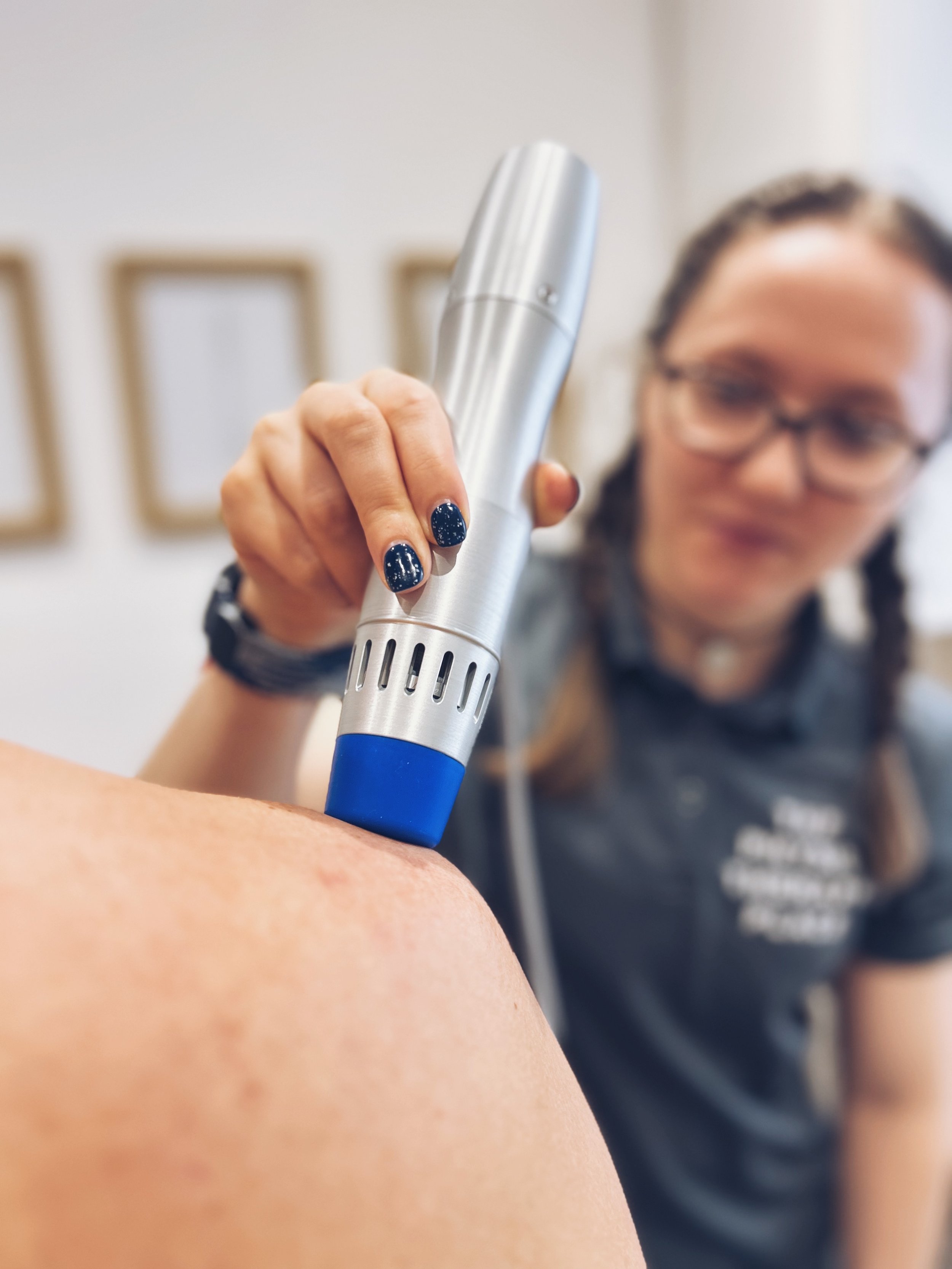

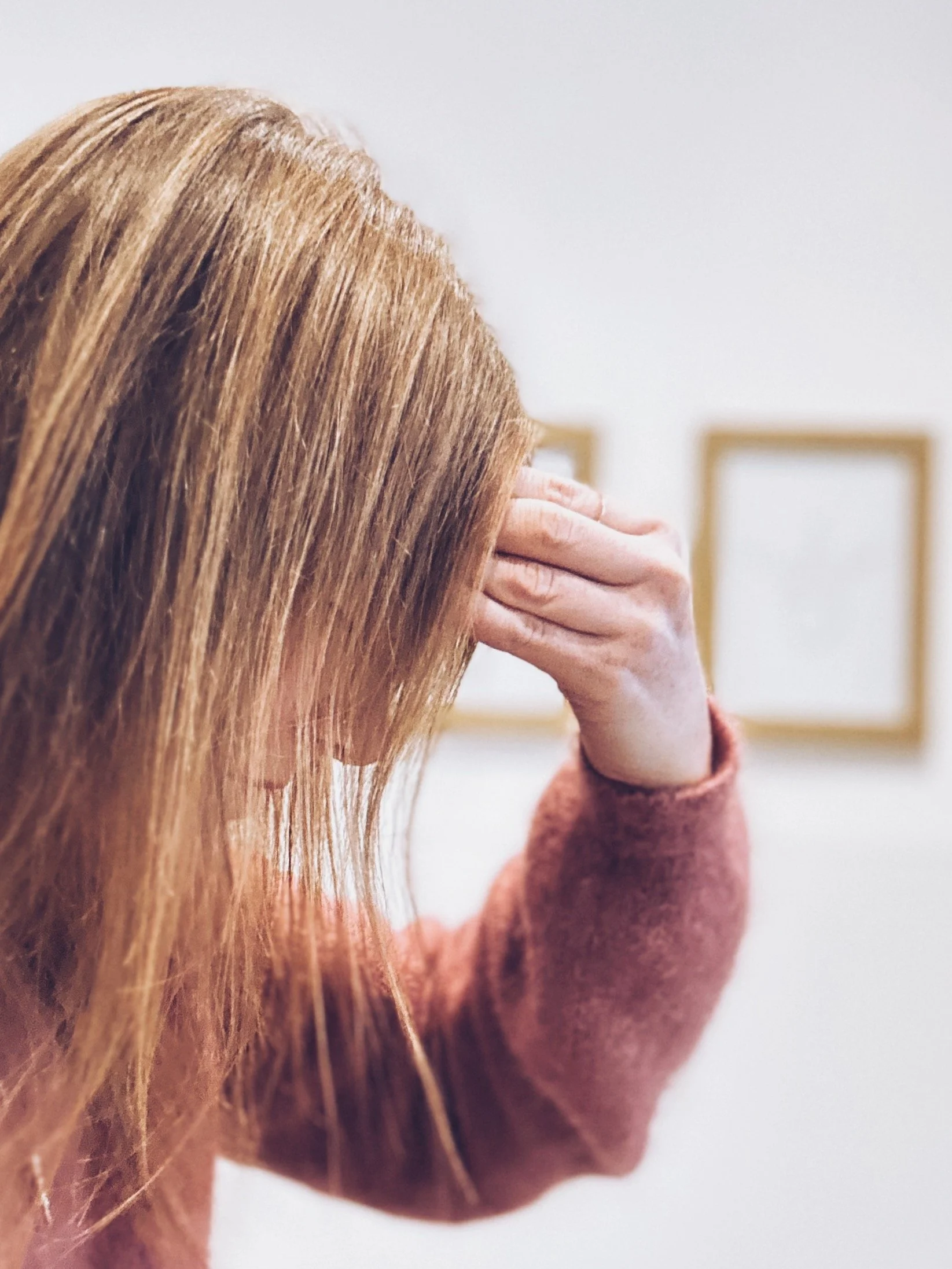
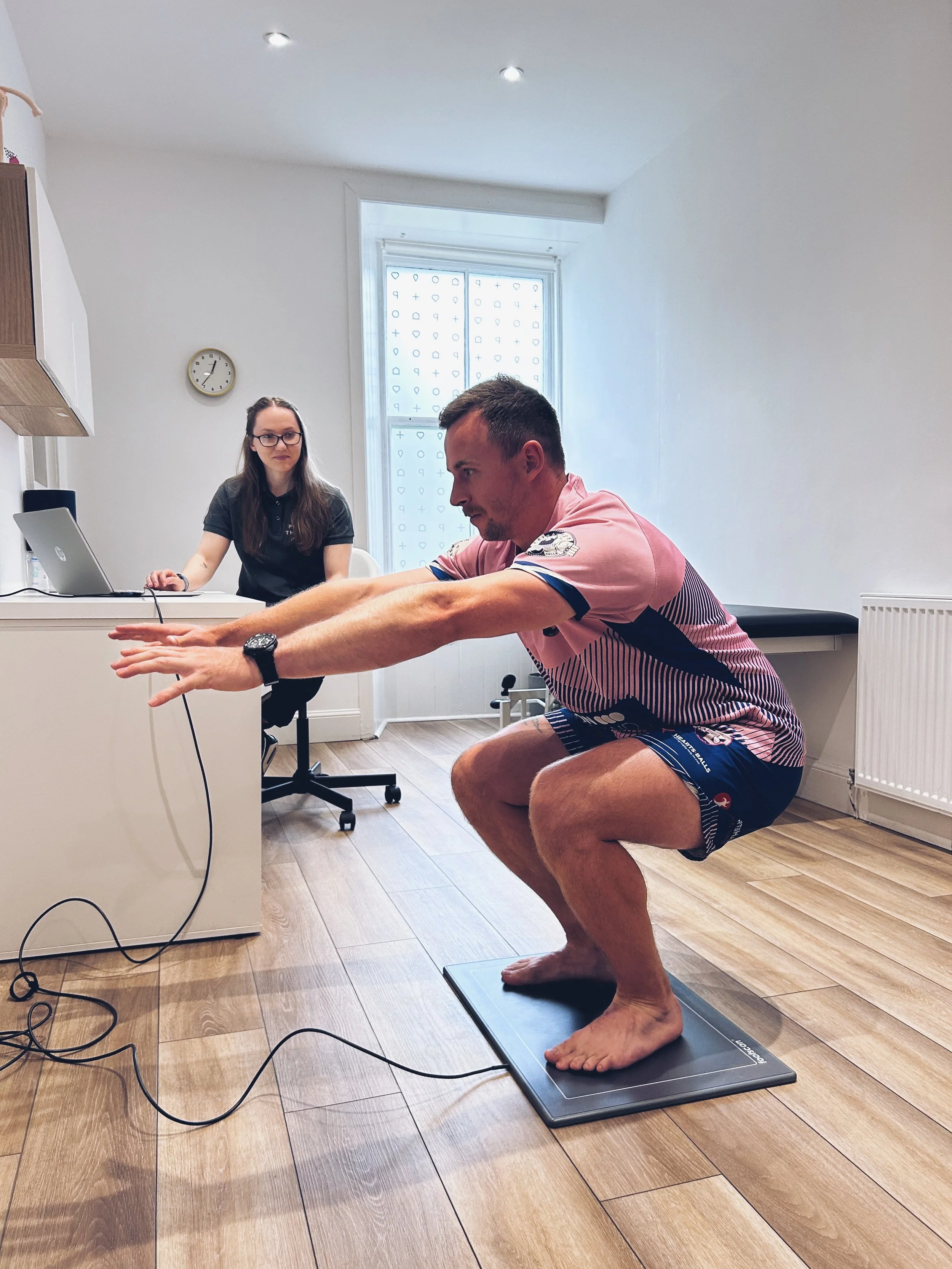
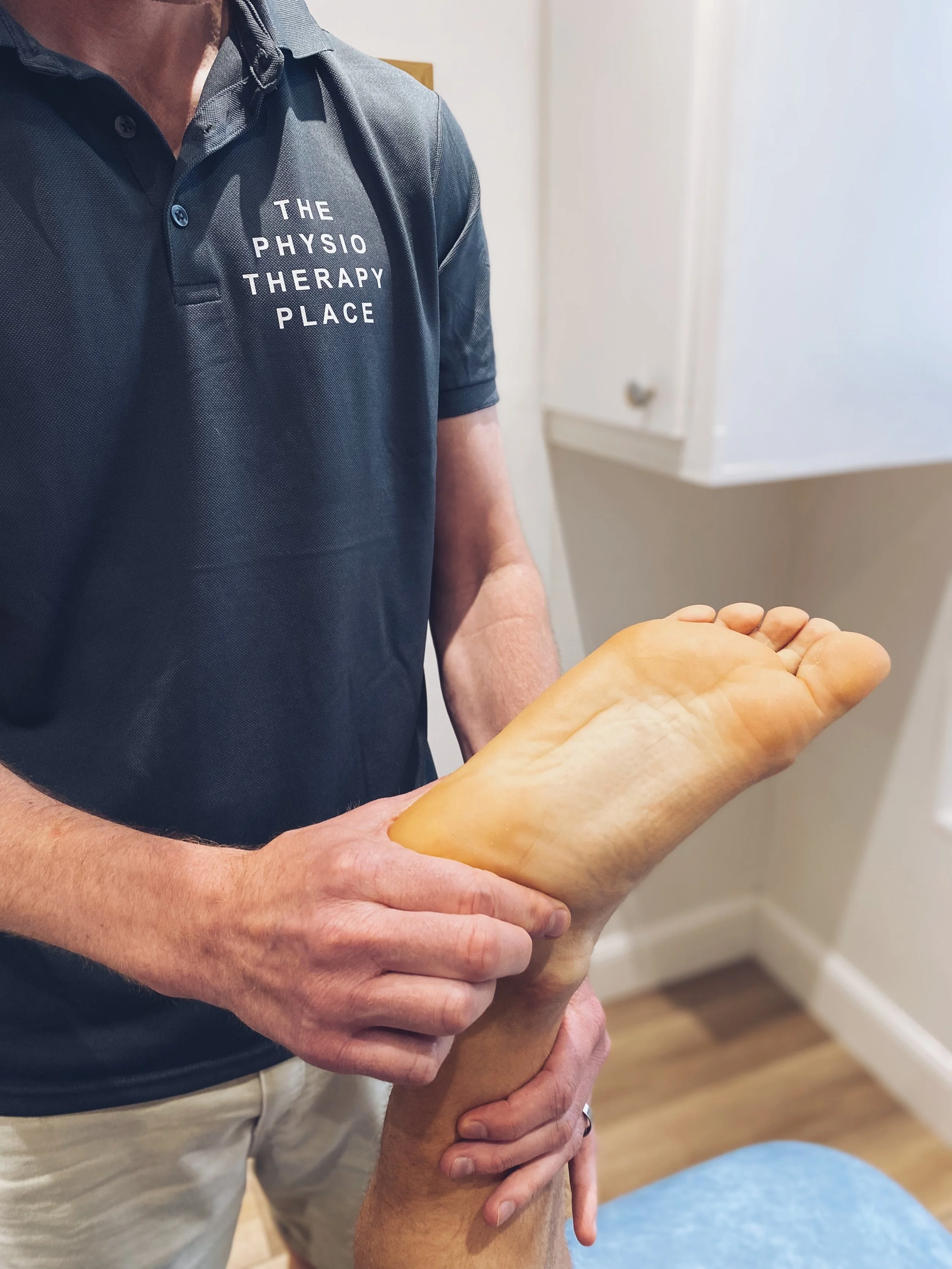

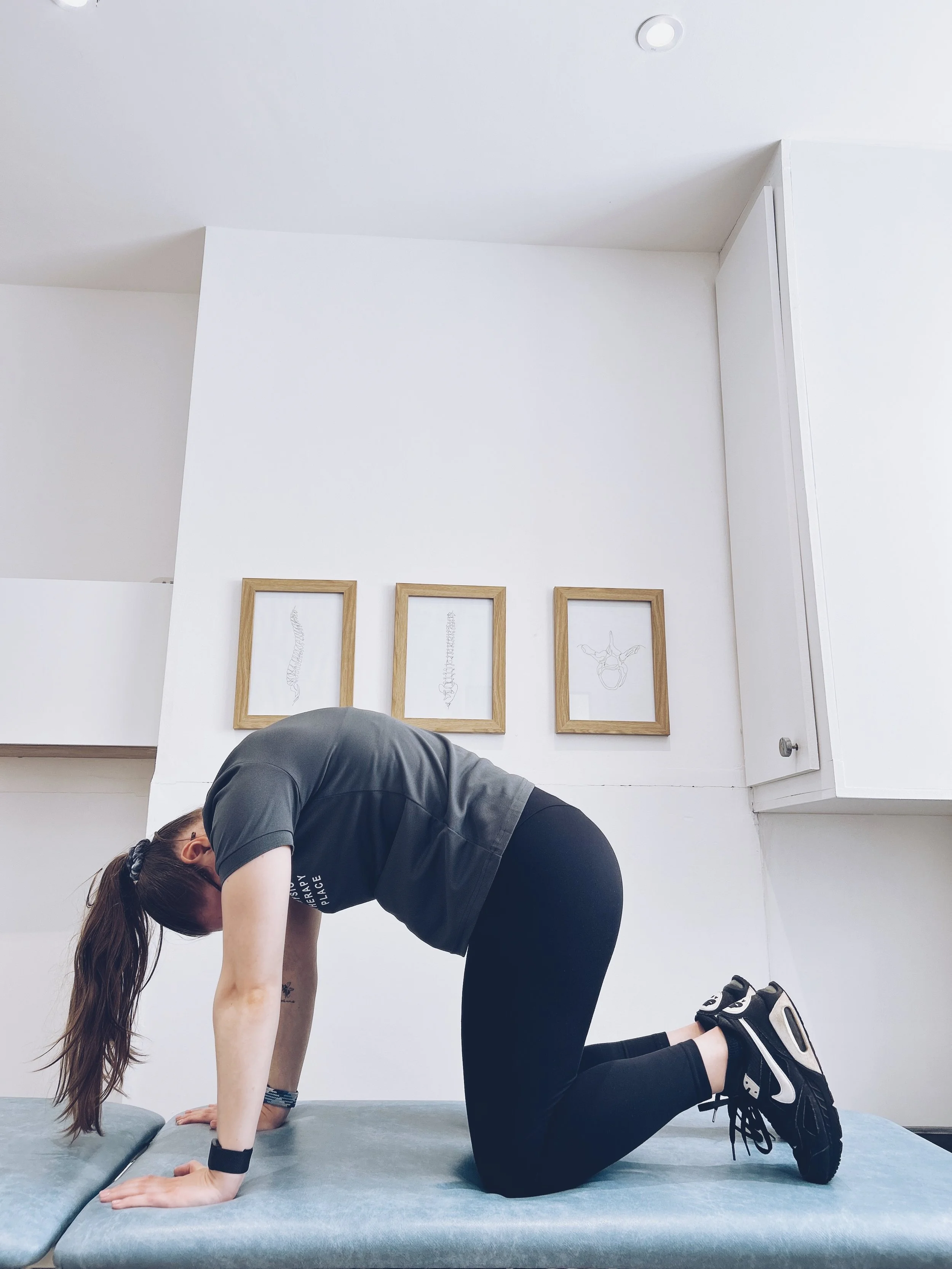
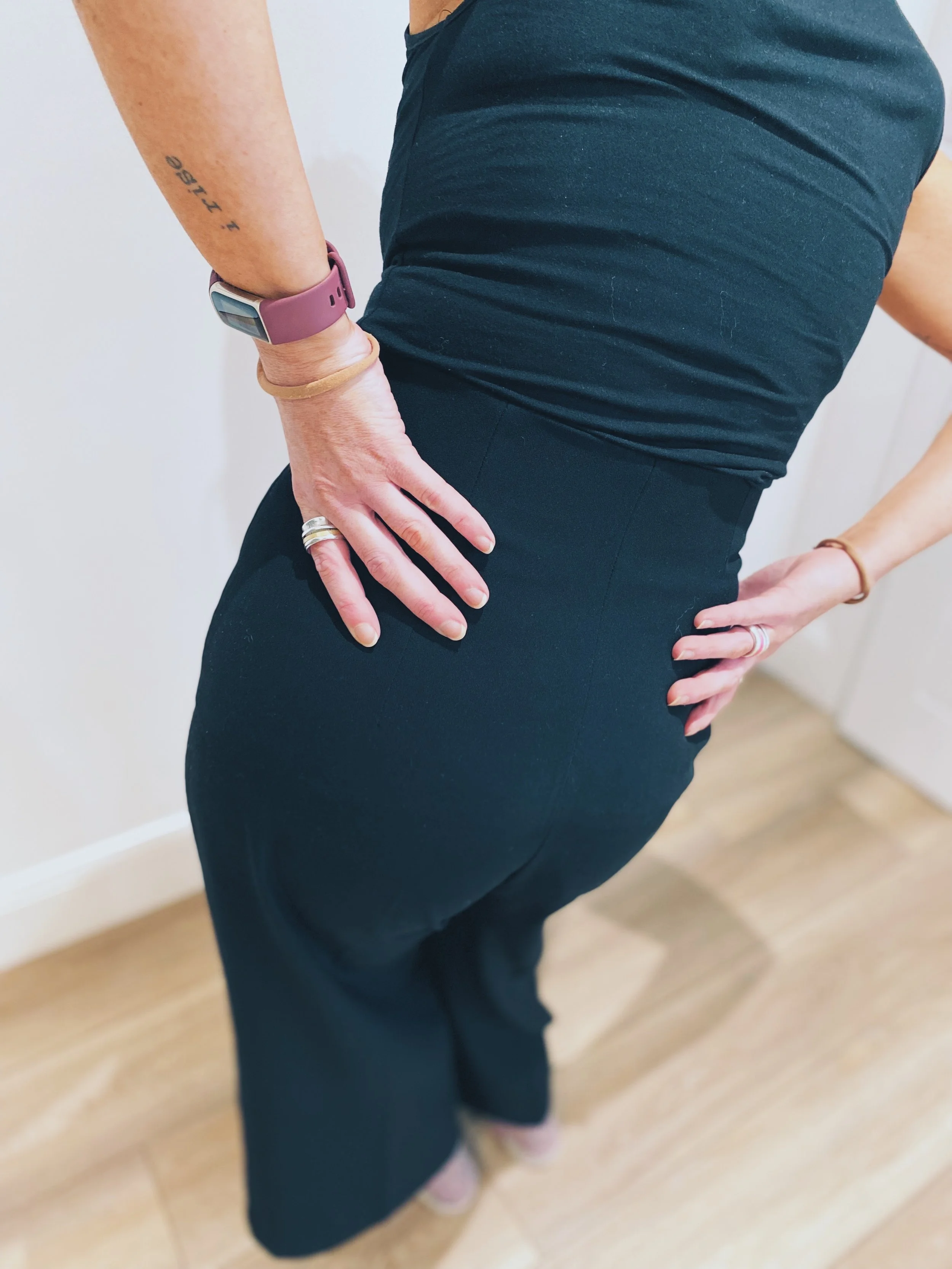
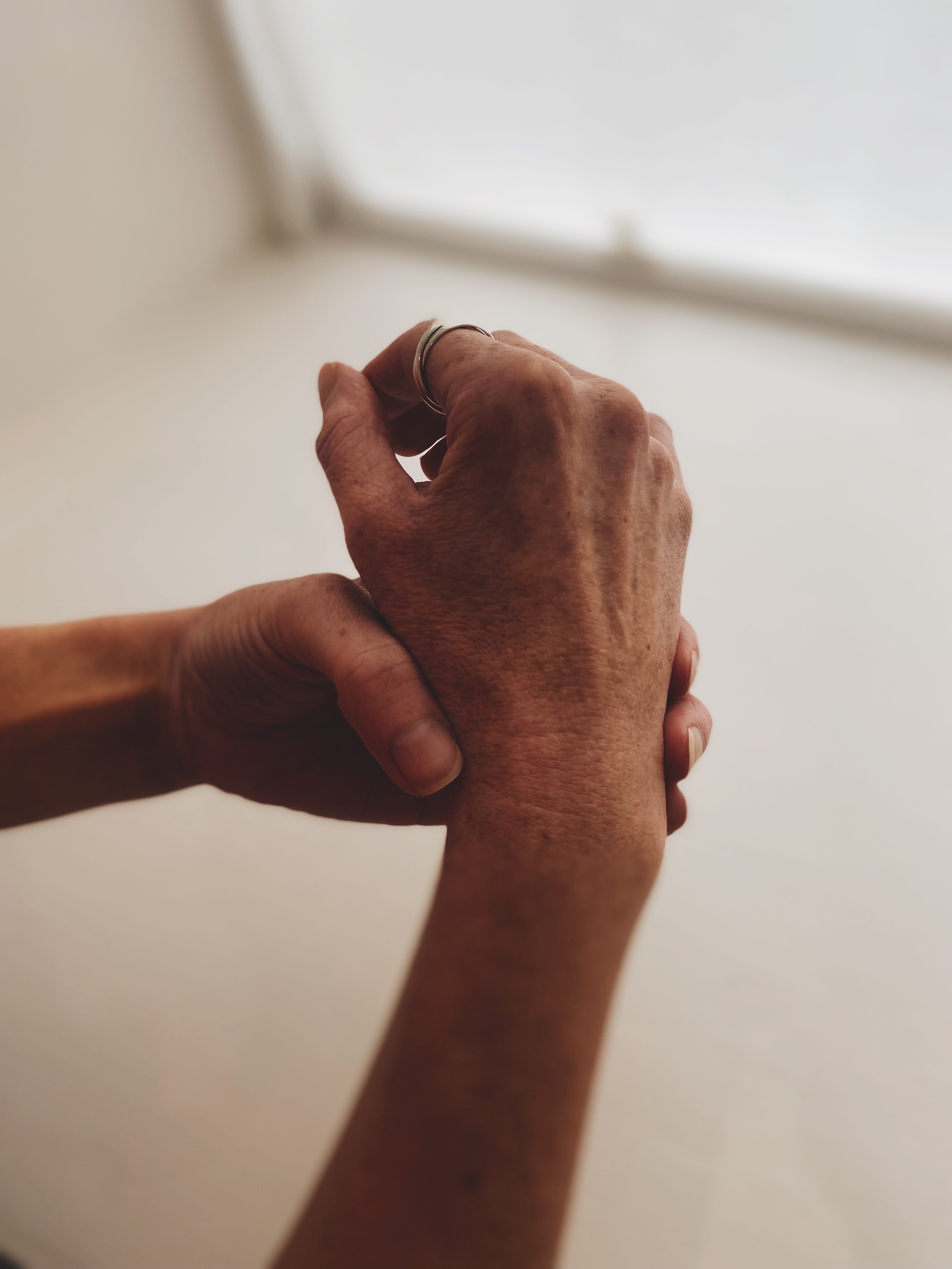
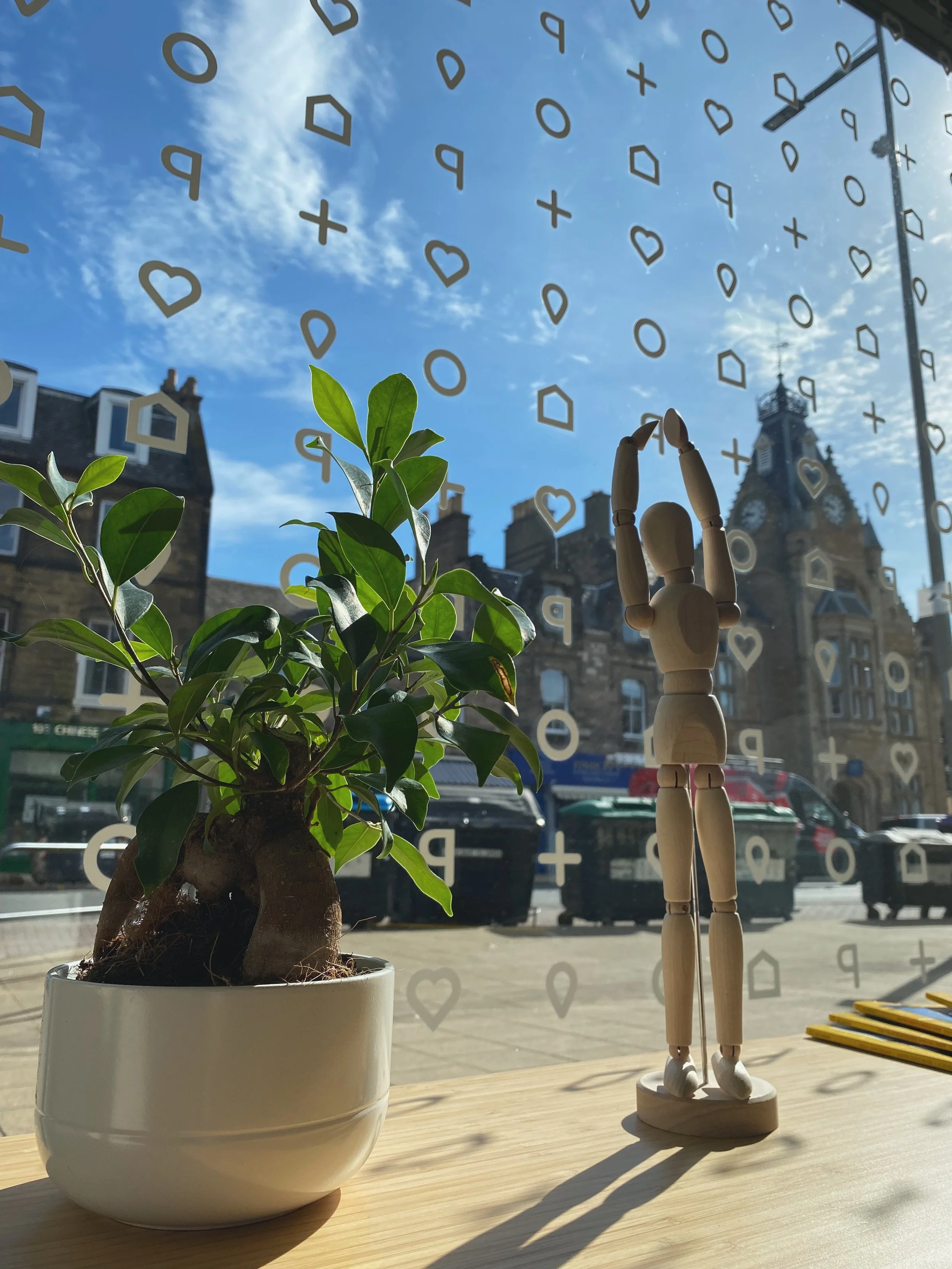
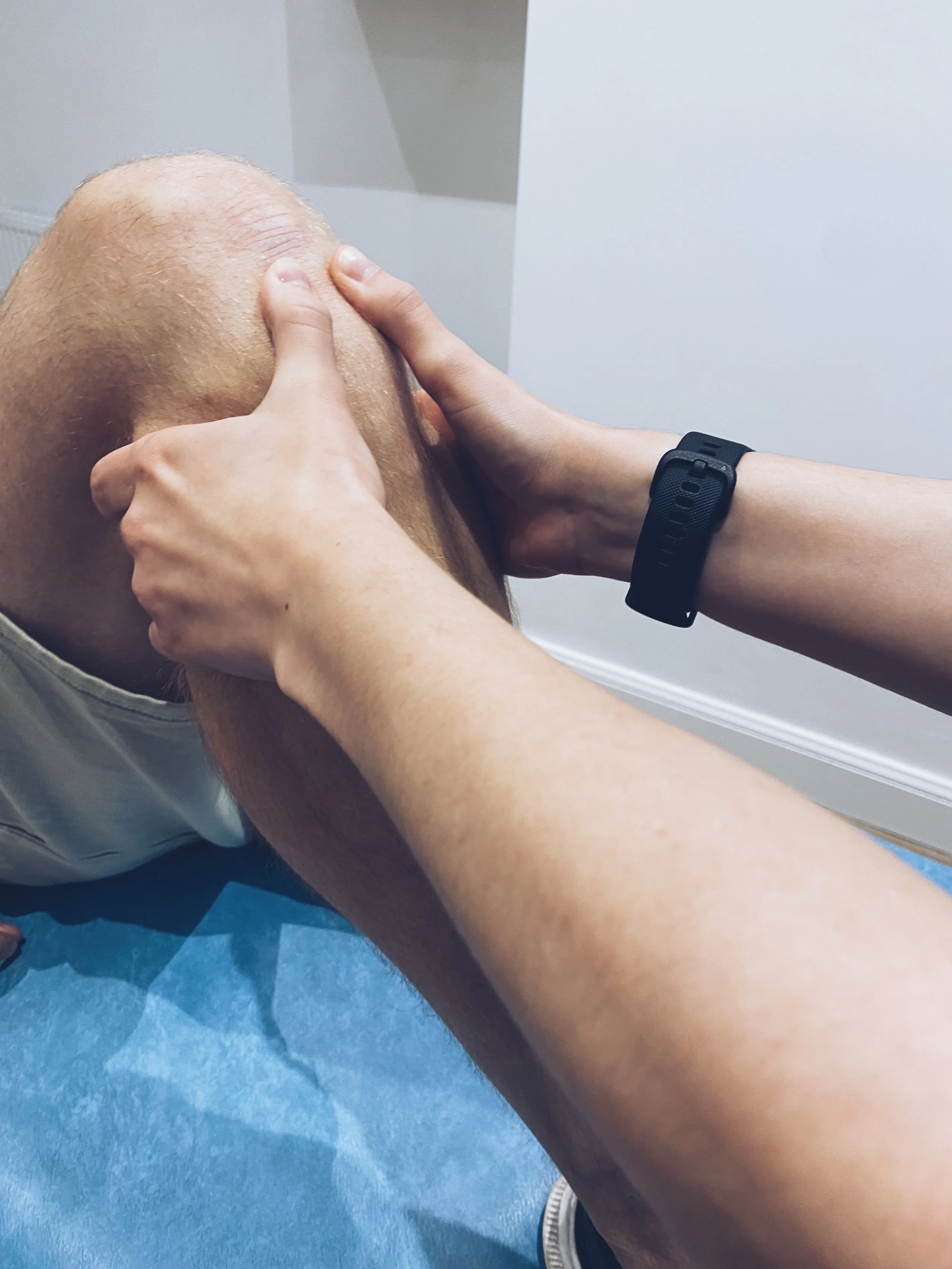
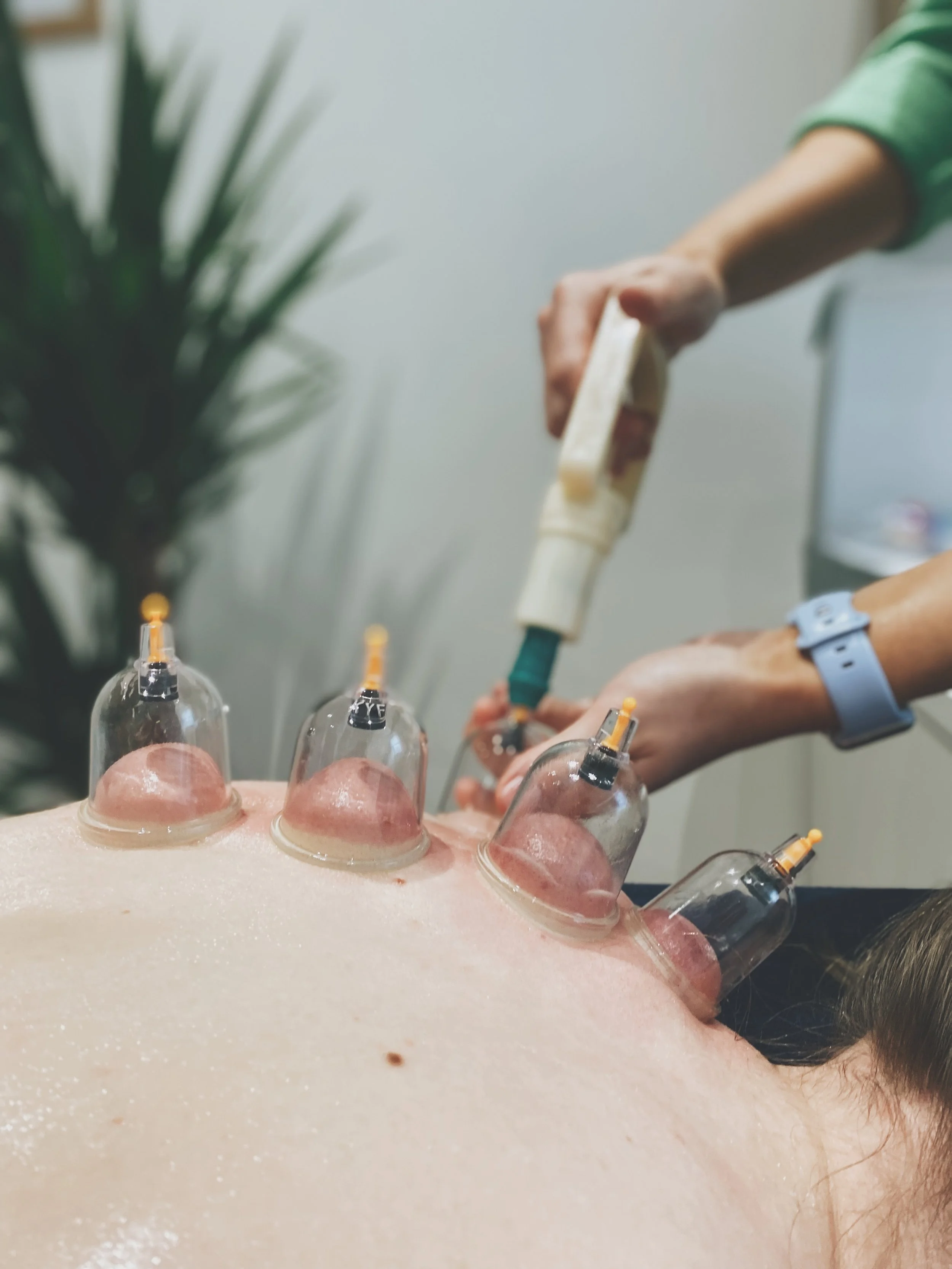
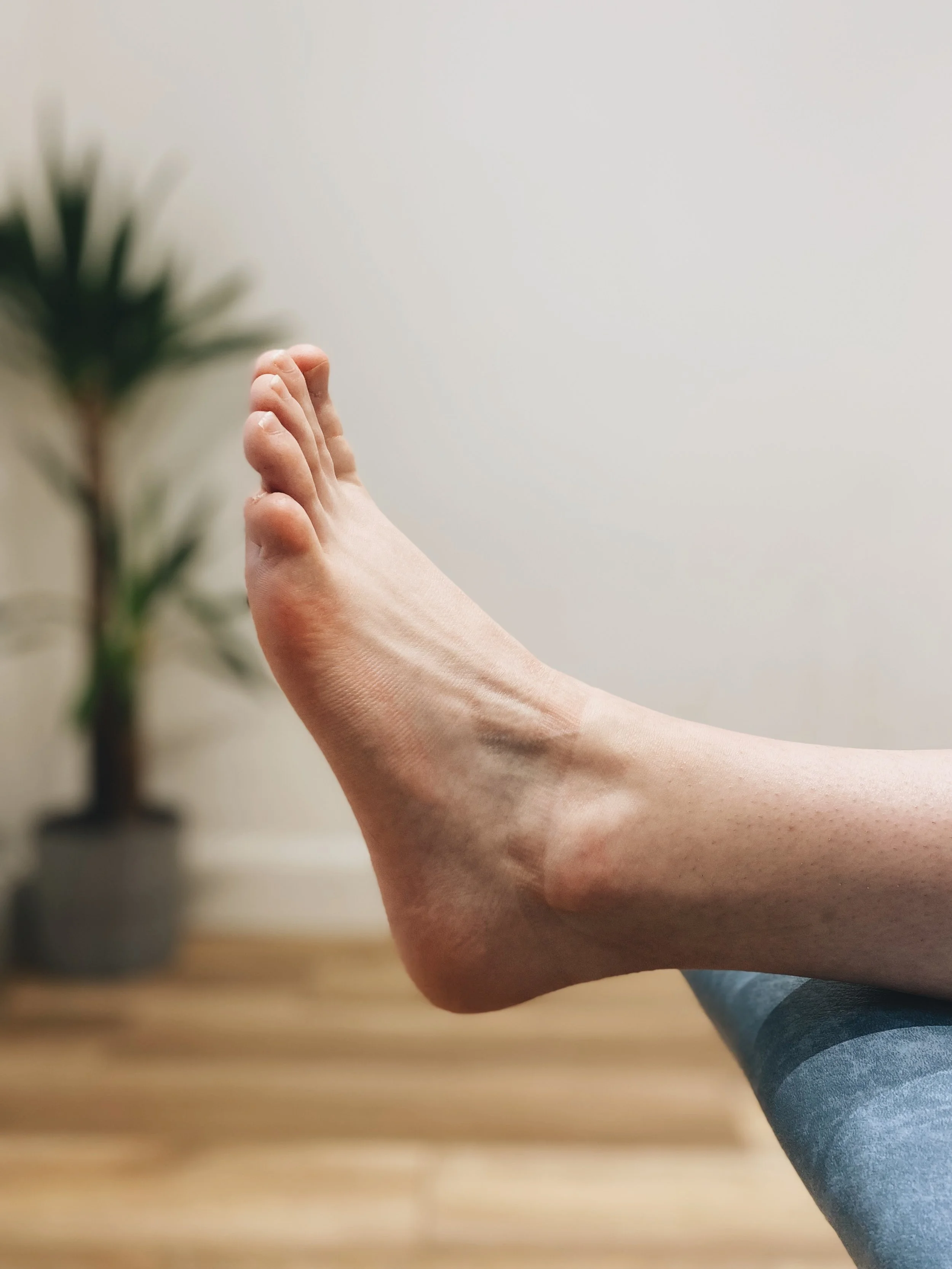
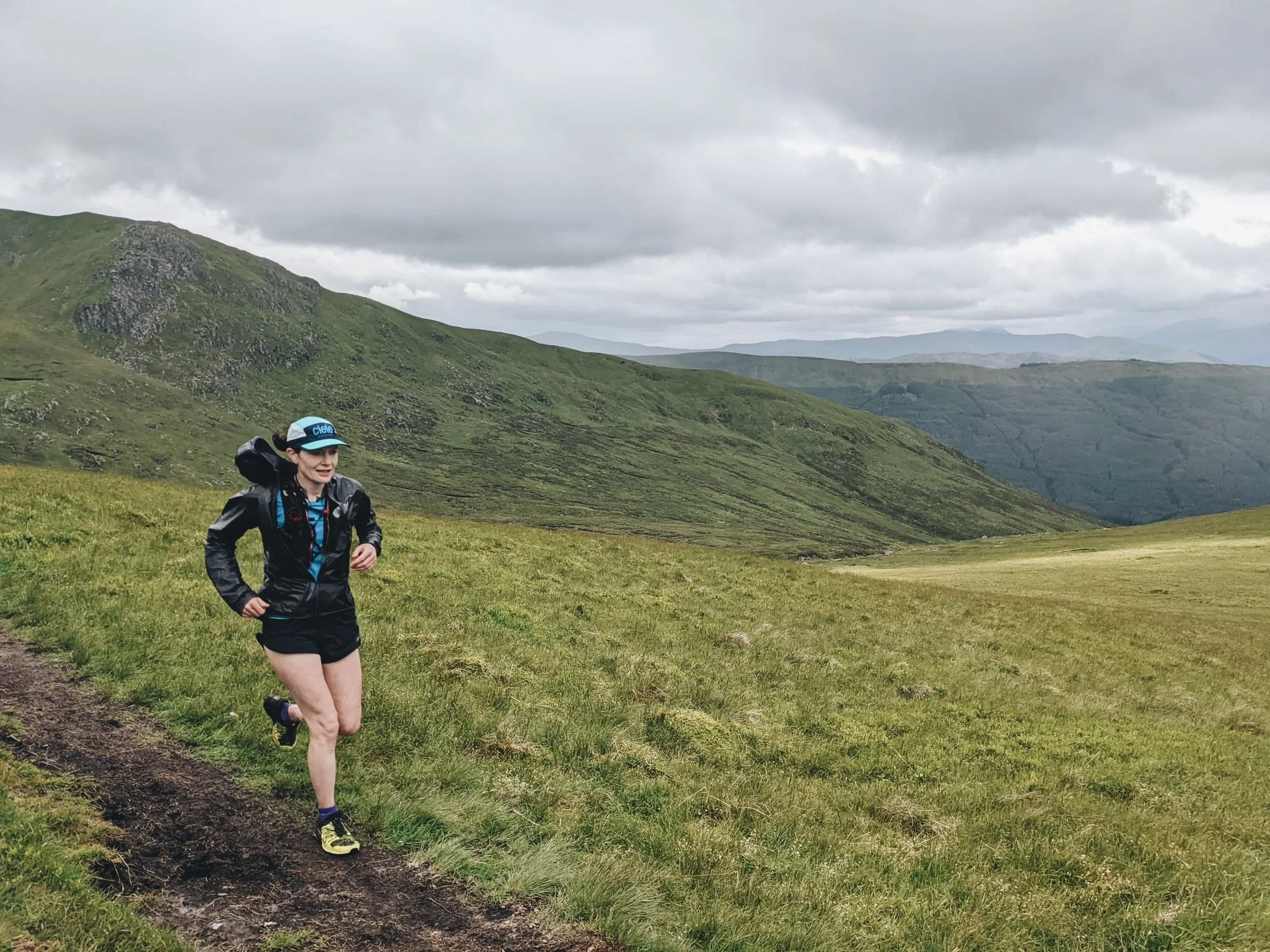
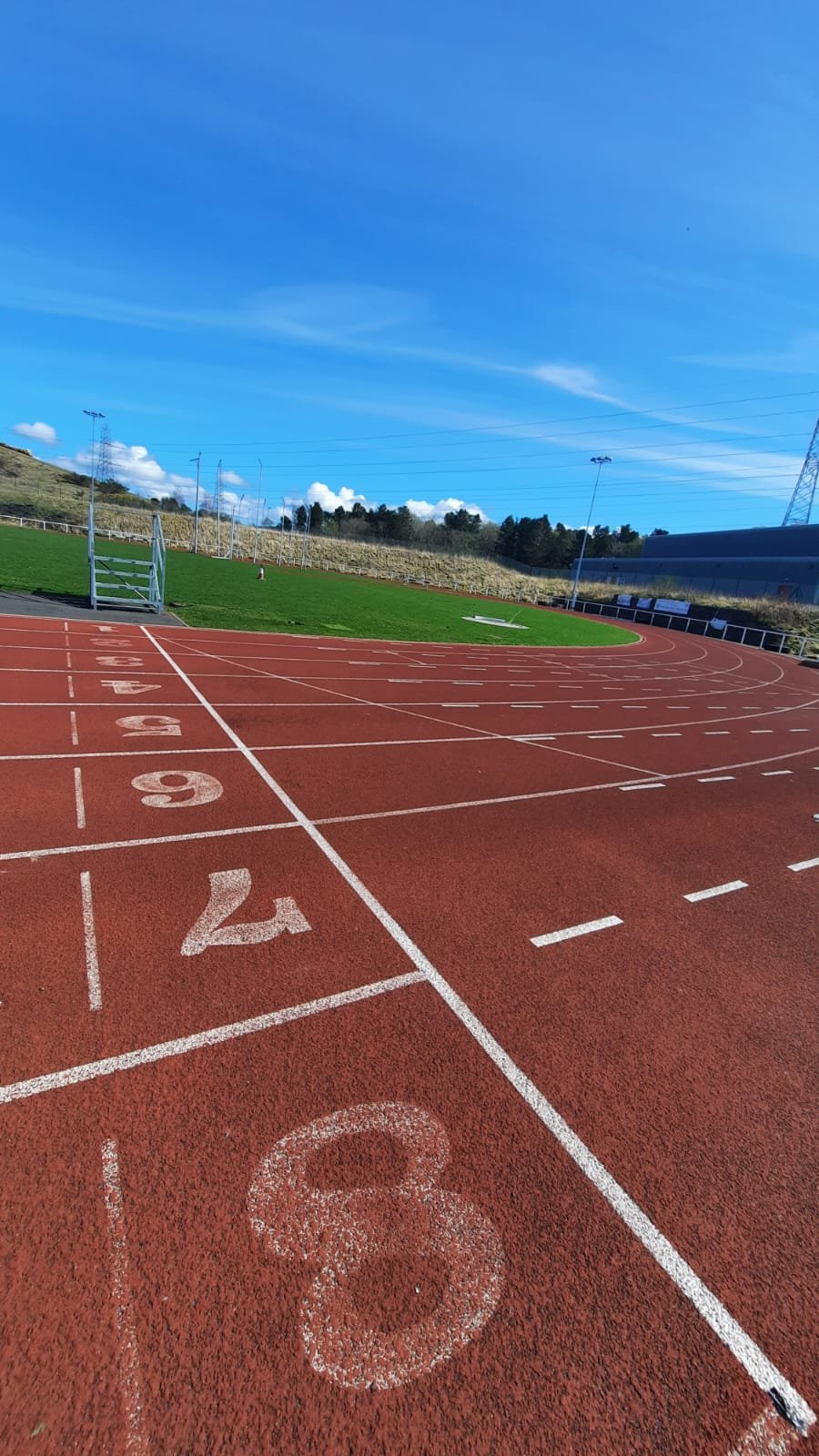
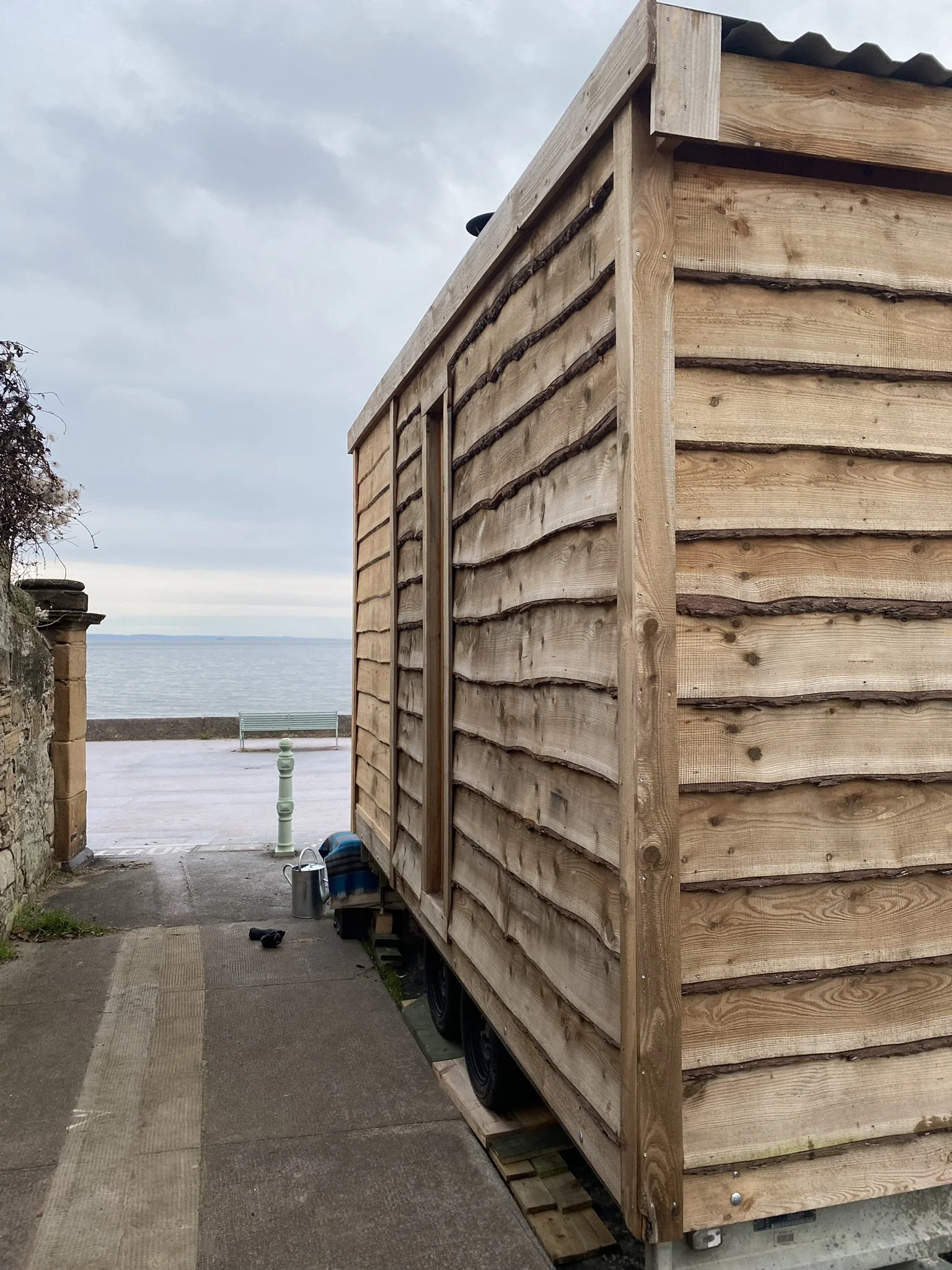
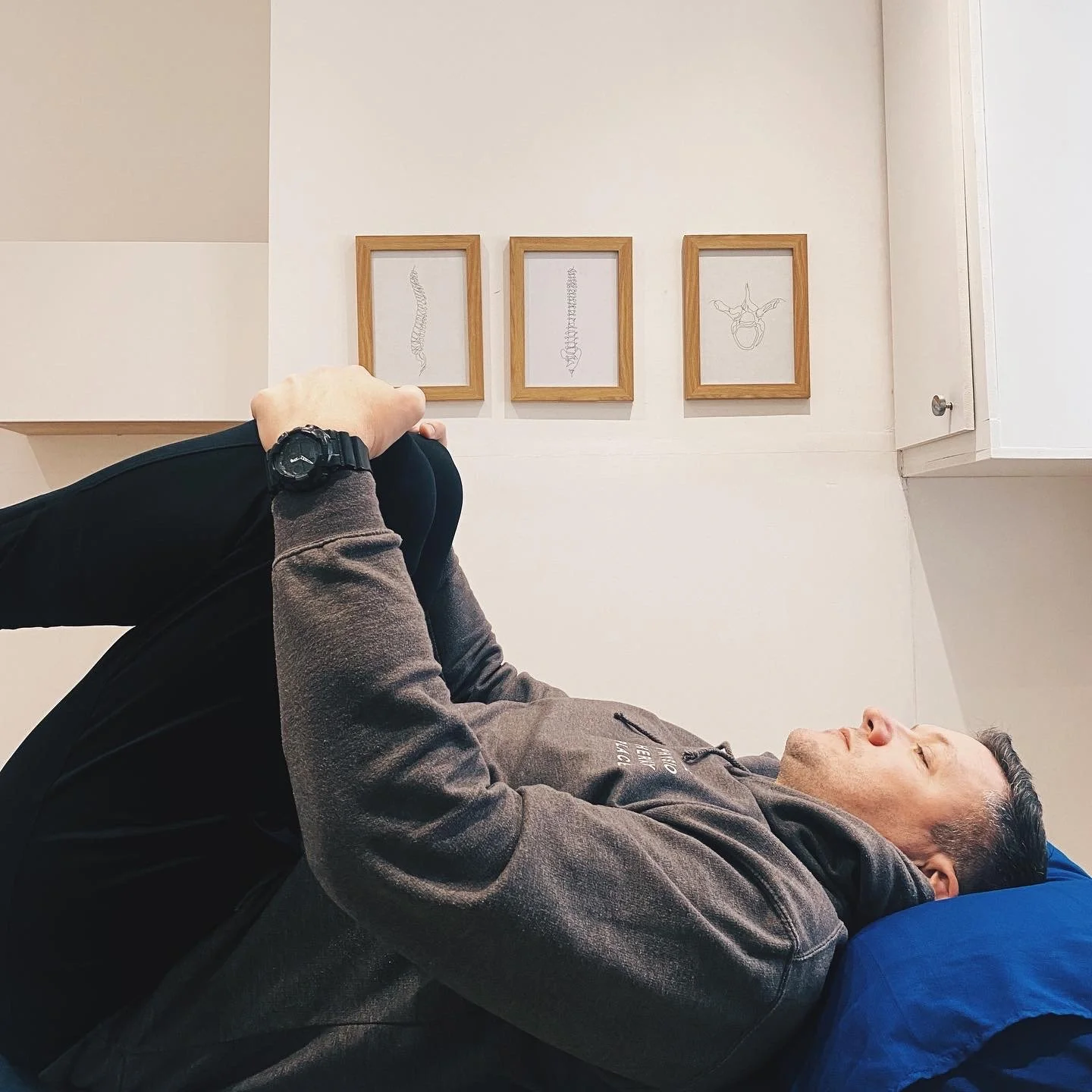



































How dry needling treatment can treat lower back pain.